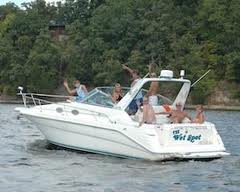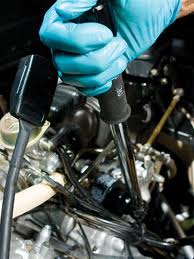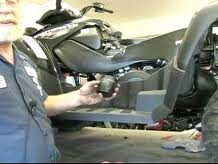More Essential Yamaha Outboard Tools
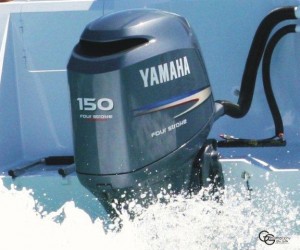 Yesterday we detailed a few Yamaha outboard tools all responsible owners should have on hand. In continuing in that vein, boat owners should also carry extra spark plugs and a spark plug tool. On site swaps are not too difficult for a regular DIY-er.
Yesterday we detailed a few Yamaha outboard tools all responsible owners should have on hand. In continuing in that vein, boat owners should also carry extra spark plugs and a spark plug tool. On site swaps are not too difficult for a regular DIY-er.
Fluids, again, not strictly tools, are essential. You will want to have power trim and tilt fluid, like Performance Power, to ensure the prop shaft works properly. Yamalube 2W oil or Yamalube 4M oil, depending on what type of outboard motor you have, is necessary for proper motion and extending the lifespan of a motor. You may want to stock up on gear-case lubricant, too.


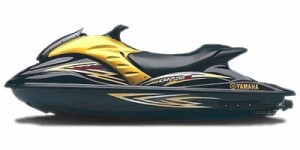
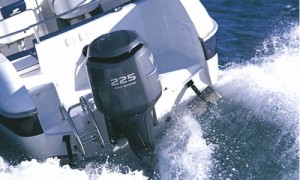

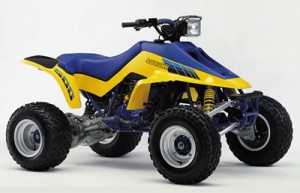
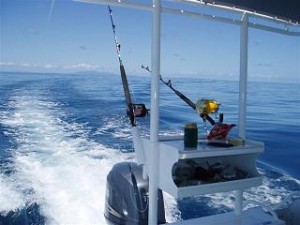
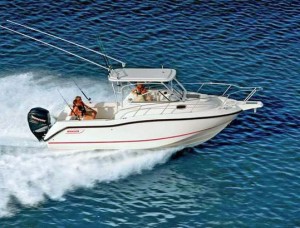
 The Staten Island Ferry is a staple of New York City with waterway services that cater to St. George on Staten Island and Whitehall Street in lower Manhattan. This fleet of ferries witnesses 60,000 passengers per day (not including the weekends), which translates into 20 million people per year.
The Staten Island Ferry is a staple of New York City with waterway services that cater to St. George on Staten Island and Whitehall Street in lower Manhattan. This fleet of ferries witnesses 60,000 passengers per day (not including the weekends), which translates into 20 million people per year.